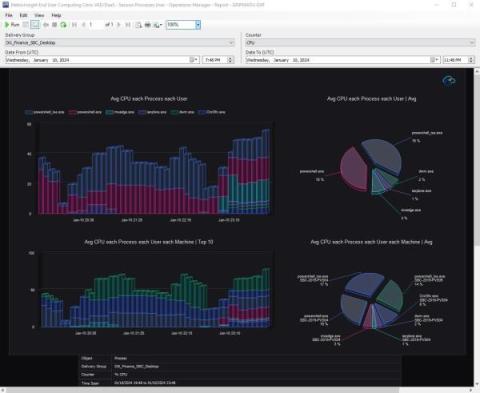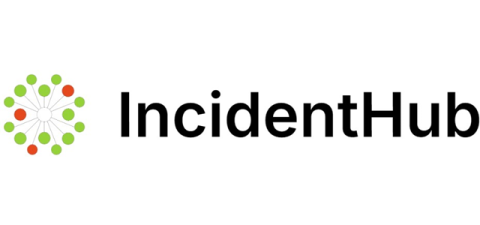What is a Memory Leak?
Memory leaks happen when a program fails to release memory it no longer needs, and can be a big issue for developers and system administrators alike, as the gradual depletion of available memory often makes for complex troubleshooting and debugging. Given how the consequences of a memory leak can range from decreased system performance to outright crashes, it’s crucial to isolate the root cause of the leak quickly and efficiently.











